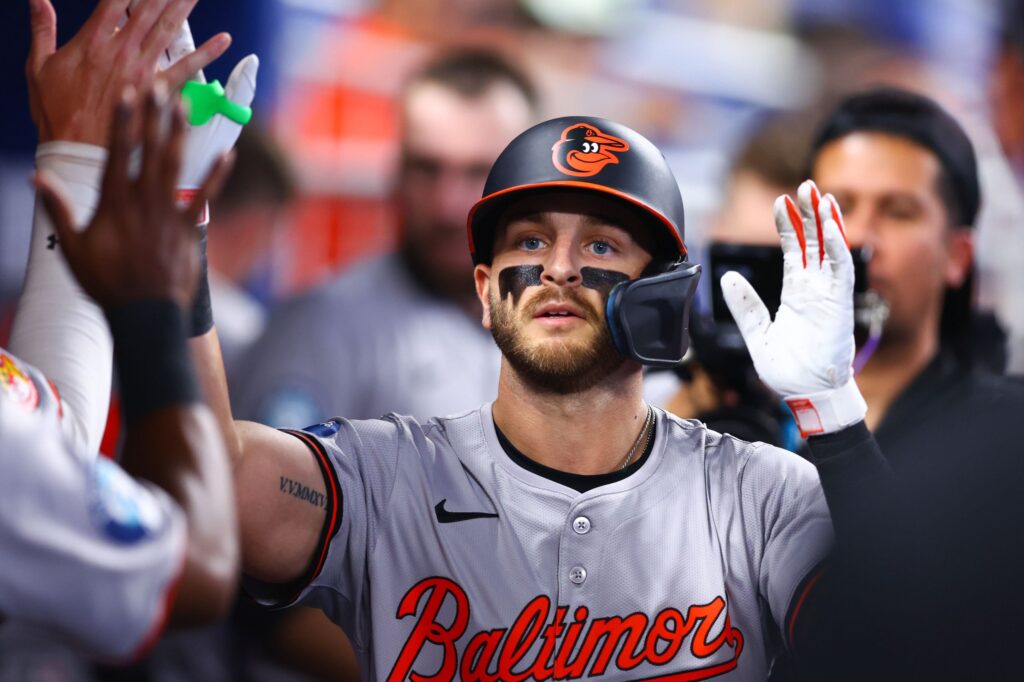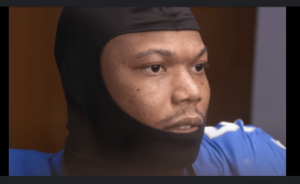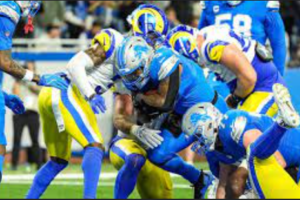
Utilizing the final hour of the MLB trade deadline, the Los Angeles Dodgers strengthened their rotation beset by injuries. In a deal with the Detroit Tigers, the Dodgers acquired right-hand pitcher Jack Flaherty.
The Dodgers traded minor league infielder Trey Sweeney and highly regarded catcher prospect Thayron Liranzo to acquire Flaherty. Sweeney played 96 games for Triple-A Oklahoma City in 2024 and has a.255 batting average with 13 home runs, 62 RBIs, and 12 stolen bases. Liranzo is the third-ranked catcher in the Dodgers farm system.
Jack Flaherty has arrived. pic.twitter.com/MumaM5FHdl
— Los Angeles Dodgers (@Dodgers) July 31, 2024
After the MLB trade deadline, Dodgers general manager Brandon Gomes told the media that the team was looking for an impact starter and that they thought they had one in Flaherty.
“We placed a lot of emphasis on finding an impact starter, and Jack fits the bill,” Gomes stated. “We believe that the swing-and-miss, his command, and his stuff will be a real power option come October.”
Flaherty is having one of his best professional seasons right now. He has a 7-5 record, a 2.95 ERA, and 133 strikeouts after making 18 starts in 2024.
Over the course of the 2024 season, injuries have severely damaged the Dodgers’ rotation. Due to injury, Bobby Miller and Walker Buehler were only able to play in eight and seven games, respectively, and star Clayton Kershaw had just recently made his season debut following shoulder surgery in the offseason. The Dodgers’ highly sought-after offseason addition, Yoshinobu Yamamoto, is presently listed on the 60-day injury list, and it is not known when he will be able to play again.
Top prospects who switched teams during the MLB trade deadline are ranked.

The MLB trade deadline this year saw an unprecedentedly late rush of activity, with prospects being sent to new teams in the last days and hours before Tuesday at 6 p.m. ET.
It’s likely that by now you have an idea of how you feel about the MLB veterans who are moving on to new teams, but assessing the minor leaguers who have moved on is even more challenging.
We’ve got you covered, so don’t worry. You may discover where each significant prospect fits into an MLB top 100 list or your team’s farm system ranking by looking at our rating of all notable prospects moved in July, which is arranged by tiers using my Future Value rankings.
50 FV tier (about ranked 50th to 120th overall)
1. Tampa Bay Rays CF Aidan Smith (traded by Mariners)
2. Toronto Blue Jays RHP Jake Bloss (traded by Astros)
3. Los Angeles Angels’ George Klassen, RHP (traded by Phillies)
4. Miami Marlins’ C Agustin Ramirez (traded by Yankees)
5. Tampa Bay Rays’ Dylan Lesko, a RHP that was traded by the Padres
As you can see from the section heading, these guys are all very close and may make it into the next edition as I continue to research for the Top 100 update that will be released soon. I don’t currently have any of these guys on my working top 100 list (Lesko was on the preseason edition but has regressed this season).
Smith, whose defensive development will determine whether he plays center or right field, demonstrates above-average to plus pitch selection, in-game power, speed, and arm strength. While his bat-to-ball ability is merely mediocre, he appears to be a starter with some upside—yet another Mariners-drafted arrow-up prep position player. Ramirez is a competent enough defender to play catch in the major leagues, but he is and always will be a power hitter who prioritizes offense over contact. If everything goes right, he could hit 25 home runs and start as a catcher, but there are scenarios similar to Mike Napoli’s or Mitch Garver’s where he hits well enough to play first base and double play.
Bloss is an incredible tale; a 22-year-old Georgetown graduate student, he was considering a career in finance before having a breakthrough spring, which led to a third-round selection last summer. A year later, he is poised to be a top-100 talent and has already made his major league debut. He can now tick off leading a deadline day deal off his list of achievements from the previous year.
We’ll see if Klassen’s command holds up at the top levels. Klassen is another 2023 draft riser. He went from being a sixth-round pick with 20-grade command to developing his offspeed stuff and throwing more strikes right away in pro ball. Lesko is a particular favorite who has some of the best raw stuff you’ll see from a projected starter, including an 80-grade changeup, but since recovering from Tommy John surgery as a senior in high school, his command has been incredibly inconsistent. That appears to be the objective once again, as the Rays have in the past drawn out more command from power arms (Tyler Glasnow, Shane McClanahan, etc.).
45+ FV tier (about ranked 121st to 180th overall)
6. Miami Marlins 1B Deyvison De Los Santos (traded by D-backs)
7. Toronto Blue Jays center fielder Joey Loperfido (traded by Astros)
8. The Mariners traded for Tampa Bay Rays’ RHP Brody Hopkins.
9. Detroit Tigers’ Thayron Liranzo, C (traded to the Dodgers)
10. Miami Marlins LHP Robby Snelling (traded by Padres)
11. Miami Marlins’ Adam Mazur, a RHP who was traded by the Padres
De Los Santos was the main player in the trade that brought A.J. Puk to Arizona to start deadline week.
Deyvison De Los Santos has had a fascinating 8 months
– Nov 2023: not added to ARZ 40-man roster
– Dec 2023: Rule 5 pick by CLE
– Mar 2024: returned to ARZ (cleared waivers)
– June 2024: turned 21 while in AAAhe's hitting .325/.376/.635 with 28 HR in 87 games in AA/AAA this yr https://t.co/lOLY3auOJD
— Kiley McDaniel (@kileymcd) July 26, 2024
He is a 30-homer type of hitter with raw contact ability that he will probably always be able to reach in the majors, but he will need to reduce his out-of-zone pursuits in order to capitalize on that potential. He can play third base, but his future as a first baseman is most likely. Liranzo, who is two levels behind De Los Santos at age 21, is comparable but just average behind the plate. First base is his other possible destination. Although Liranzo has significant contact limitations and a 25–30 home run potential, he has a higher chance of being a valuable major leaguer than De Los Santos due of his above average pitch selection.
Despite having some contact-based limitations, Loperfido is a great runner with plus power who can play all three outfield spots.
In the four-player Tanner Scott return, Snelling and Mazur were the two finest prospects and were sent from the Padres to the Marlins. Snelling was a four-star linebacker recruit at 6-foot-3, 210 pounds, and the 39th overall pick in 2022 out of a Nevada high school. He possessed two decent offspeed pitches and excellent feel, and he operated his heater well into the mid-1990s. Snelling’s command has declined this season, his offspeed pitches have stabilized at average, and his velo hasn’t jumped in pro ball, but he still has a chance to be a late-inning big league starter.
In addition to having slightly more raw stuff than Snelling, Mazur had a late flowering college arm with promise as a back-end player. In eight big league starts, he was thoroughly outperformed, and there are worries that his fastball shape—which is around average for a big league righty at 93–96 mph—isn’t good enough to generate swings and misses in the majors.
In the 2023 spring at Winthrop, Hopkins was a pop-up pitcher. The 6-foot-4 righty was primarily used as a center fielder, though he also took some mound time. As a mid-90s arm with a plus-flashing sweeper and a solid changeup, teams saw potential in him and selected him in the sixth round, much like Klassen did.
It’s easy to say that things have clicked faster than anticipated because Hopkins is sitting 94-96 and touching 99 mph as a starter, significantly better surface figures than he had in his final year of college. His plus traits can fit in any job, even if he is still a multi-inning or late-inning reliever.







